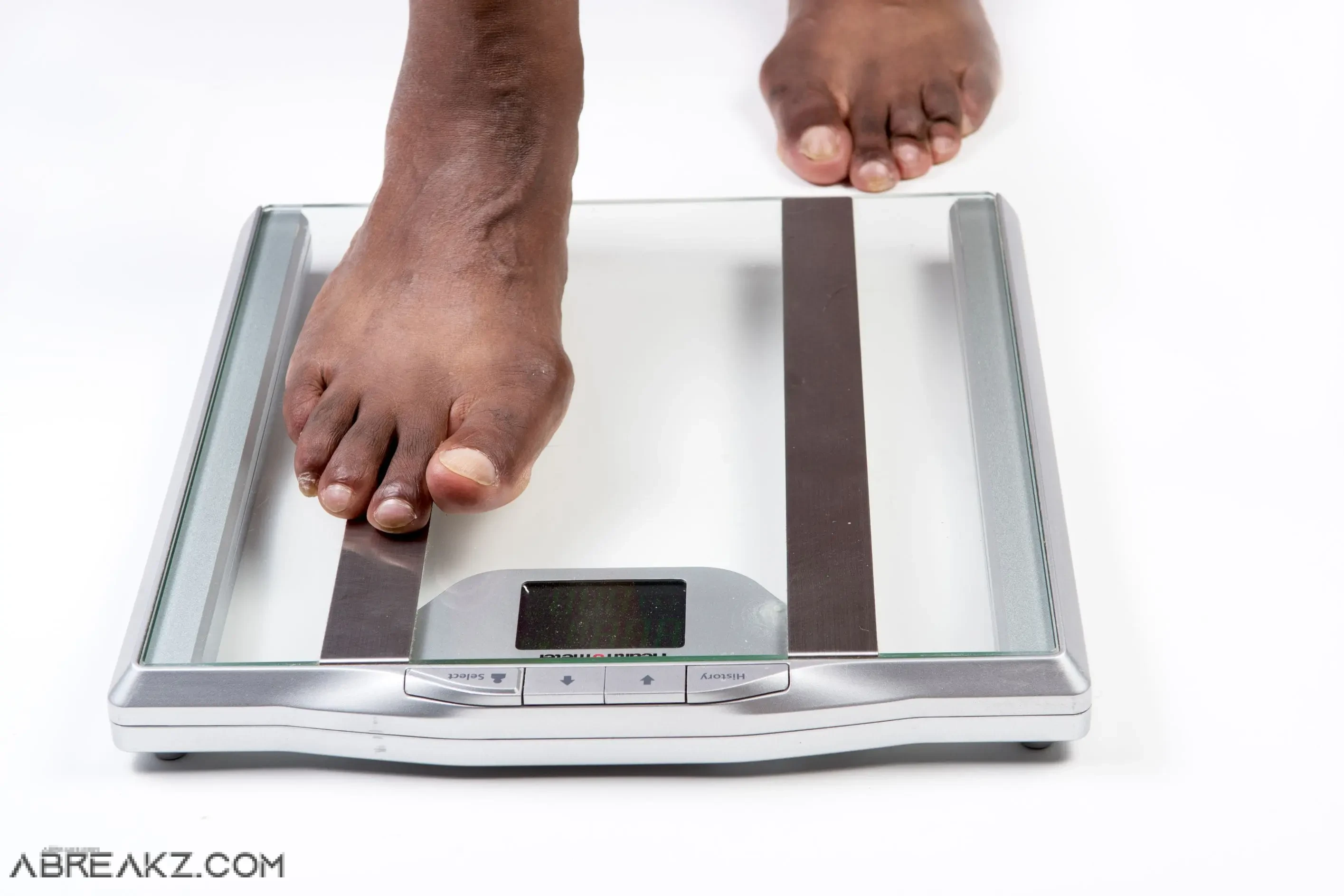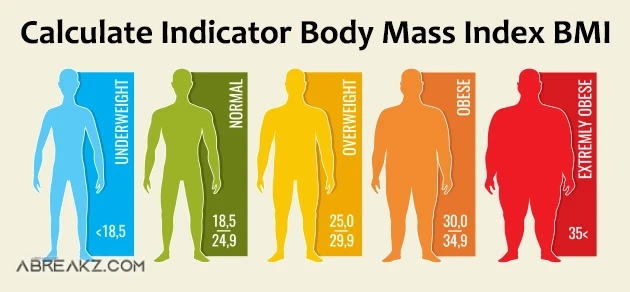The importance of maintaining a healthy, balanced body and weight Calculate Indicator Body Mass Index BMI Calculate Indicator Body Mass Index BMI Health is a crown on the head of the healthy, and the World Health Organization has also defined it as “the state of physical, psychological and social safety and sufficiency, and not merely that the body or individual is free from disease or infirmity.

Our precious body tissues represent our body weight and are divided as follows
Body mass index (BMI) is a person’s weight in kilograms divided by the square of height in meters. BMI is an inexpensive and easy screening method for weight category—underweight, healthy weight, overweight, and obesity.
BMI does not measure body fat directly, but BMI is moderately correlated with more direct measures of body fat 1,2,3. Furthermore, BMI appears to be as strongly correlated with various metabolic and disease outcome as are these more direct measures of body fatness 4,5,6,7,8,9.
Calculate Indicator Body Mass Index BMI
muscle tissue
Muscle tissue accounts for about 39% of a man’s body weight and about 36% of a woman’s body weight.
bone tissue
It represents about 15% of a man’s body weight, and 12% of a woman’s body weight.
adipose tissue
It represents about 15% of a man’s body weight, and about 25% of a woman’s body.
The difference in body weight from one person to another is due to the different proportions of the body components from one person to another due to the different proportions of the body components, and the increase in one of these tissues causes an imbalance in the plant composition of our bodies.
How is the total fat divided in our bodies?
Fat in our body is divided into two types:
essential fat
It is the one that enters the composition of tissues and cells and has an important role in the vital functions of the body.
Stored or stocked fat:
It is the fat that is stored under the skin, which is the viscera, and it is considered a reserve stock that the body uses when needed. This stored fat can increase with the increase in excess food quantities when the body needs it, which leads to obesity or obesity, as a result of overeating and not doing motor activities or exercising.
What is the concept of nutritional obesity?
It is an increase in the layer stored under the skin and inside the human body, and it is also an increase in the body’s ability to build fat and a decrease in the ability to destroy and analyze fat.
We can define obesity according to the body weight coefficient or the body mass index and symbolized by BMI (body mass index), where this coefficient is a measure of food obesity or underweight and we calculate it by dividing the person’s weight in kilograms by the square of his height in meters as in the fixed treatment coefficient or body mass index = Weight in kilograms/height squared (in meters) (kg/m2)
A person under 18.5 is underweight.
From 18.5 – 24.9 the person is normal weight.
From 25 – 29.9 the person is overweight.
From 30 – 39.9 a person is obese.
Over 40 the person is obese and morbidly obese and the degree of health risk is extremely high.
Some international bodies set lower body weight index values for women
As follows:
Whenever the BMI value is less than 25 for working years of less than 35 years, or for 29 years of age over 35 years, the body is considered to be at its healthy weight and there is no food obesity.
When the body mass index (BMI) ranges between 30 and 34, this indicates that the body is in the first stage of nutritional obesity.
When the body mass index (BMI) ranges between 35 – 39.9, this indicates that the body is in the second stage of dietary obesity with moderate health risks.
When the BMI value is more than 30, this indicates that the body is in the third stage of nutritional obesity and has a significant health risk.

So can BMI be defined accurately?
BMI is inaccurate in determining and estimating the percentage of body fat because it can increase BMI in athletes who are very strong, but who are more slender than indicated by their BMI, while the elderly and others who have lost muscle but The percentage of fat in the body is higher and the BMI appears to be low, so the BMI is considered inaccurate in determining and estimating the percentage of body fat. It is known that the prevalence of BMI use due to its ease of use in field studies, knowing that the relationship between BMI and body fat percentage is affected by multiple factors such as age, gender, race, and body size of a person.
Use of body mass index (BMI) in young adults
There were no agreed criteria for the use of body mass index that could be used with children and adolescents under the age of 18 years, and it began in the year 2000 AD. Then, criteria for obesity and overweight were developed for those under 18 years old, according to BMI measurement.







































